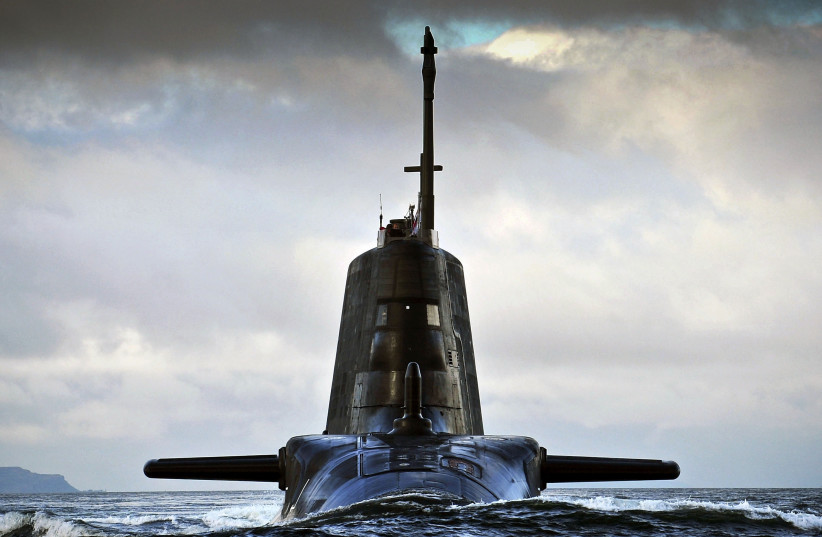Seattle, US - Located on a windswept island 50 miles north of Seattle, there's a US Navy monitoring station that, for years, focused on tracking whale movements and measuring rising sea temperatures. However, in October, the Navy decided to rename this unit to better align with its current mission, calling it the "Theater Undersea Surveillance Command."
This renaming is linked to a broader initiative within the US military, which aims to undertake the most significant overhaul of America's anti-submarine espionage program since the end of the Cold War. This renewal effort, known as the Integrated Undersea Surveillance System (IUSS), has not been widely reported until now and is in response to China's increasing military activities, particularly in the vicinity of Taiwan.
The IUSS overhaul involves modernizing the existing network of underwater acoustic spy cables and retrofitting a fleet of surveillance ships with advanced sensors and subsea microphones. These upgrades are designed to enhance the military's capability to monitor adversaries. The United States is also planning to provide similar technology to Australia to strengthen allied defenses in the Pacific region.
One innovative aspect of the Navy's ocean reconnaissance system is a focus on adopting new technologies to miniaturize and globalize traditional maritime surveillance tools. The original network of fixed spy cables, hidden on the ocean floor and designed to spy on Soviet submarines decades ago, is being updated to meet modern challenges.
The Navy's plan includes deploying a fleet of unmanned sea drones to detect enemy craft, placing portable "underwater satellite" sensors on the seafloor to scan for submarines, utilizing satellites to locate ships by tracking their radio frequencies, and employing artificial intelligence software to analyze maritime intelligence data rapidly.
The IUSS, created in 1991 at the end of the Cold War, remains highly classified, and the details of its operations are top secret. However, information about the program's plans has been pieced together through interviews with individuals involved in the effort, Navy contracts, ship-tracking data, and satellite imagery.
The IUSS project is led by Captain Stephany Moore, a Navy intelligence veteran, and operates under the command of Submarine Force US Pacific Fleet, led by Rear Admiral Richard Seif.

The urgency behind the IUSS revival is driven by several factors: China's rapid naval expansion and potential threat to Taiwan, Ukraine's successful use of unmanned sea vehicles in countering Russian forces, and the ongoing technological advancements, including underwater sensors, AI, and sea drones, fueling a surveillance race between the United States and China.
Despite the need for technological upgrades and adaptation to emerging challenges, some experts argue that the US Navy's modernization efforts are moving too slowly, particularly in comparison to China's advancements in naval capabilities.
Overall, the renewed focus on undersea surveillance highlights the increasing importance of maritime intelligence in today's fast-changing geopolitical landscape. It also underscores the critical role of technology in monitoring and safeguarding undersea assets and interests.